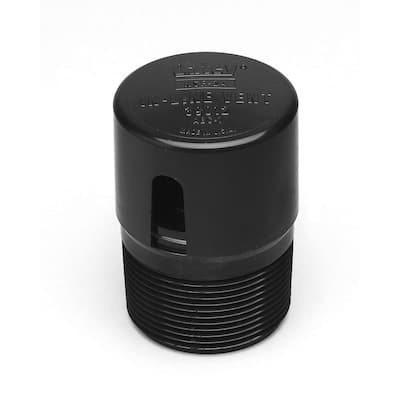I am fixing to install a Fleck 9100. I can run a drain right into my drain for my septic tank...this is what my old Kenmore softener was on...but I would rather reroute the line outside of my house into an open area by my drive. I do not have to worry about killing grass or trees at this location and the waste water will not have to go into my septic.
My question is in length to the drain line. The total length to get to where I need it is about 55'. Nothing will be uphill...in fact all is down hill. It will drop from the valve straight down to my floor...4 or 5 feet. From there, it will probably drop another foot or foot and a half. I will have multiple turns to get it from garage closet, out of house, down side of house, down fence line, and finally to location. I think it will have about 10 90-degree elbows total. I am going to use 3/4" PVC. Does anyone see a problem with this setup...particularly with length of run or elbows? Thanks for assistance.
My question is in length to the drain line. The total length to get to where I need it is about 55'. Nothing will be uphill...in fact all is down hill. It will drop from the valve straight down to my floor...4 or 5 feet. From there, it will probably drop another foot or foot and a half. I will have multiple turns to get it from garage closet, out of house, down side of house, down fence line, and finally to location. I think it will have about 10 90-degree elbows total. I am going to use 3/4" PVC. Does anyone see a problem with this setup...particularly with length of run or elbows? Thanks for assistance.

